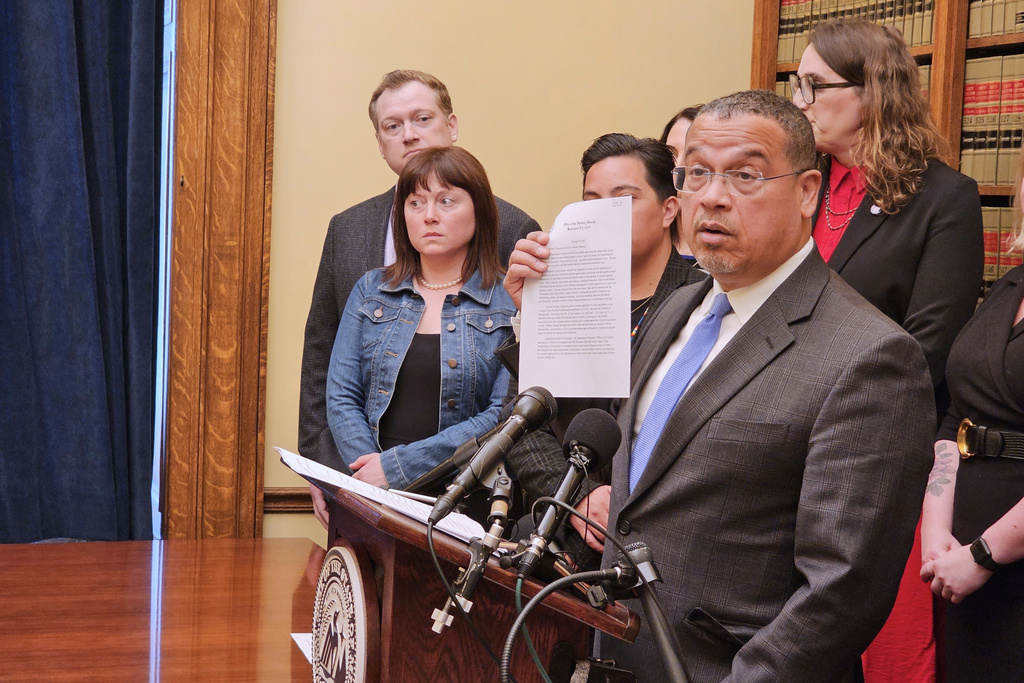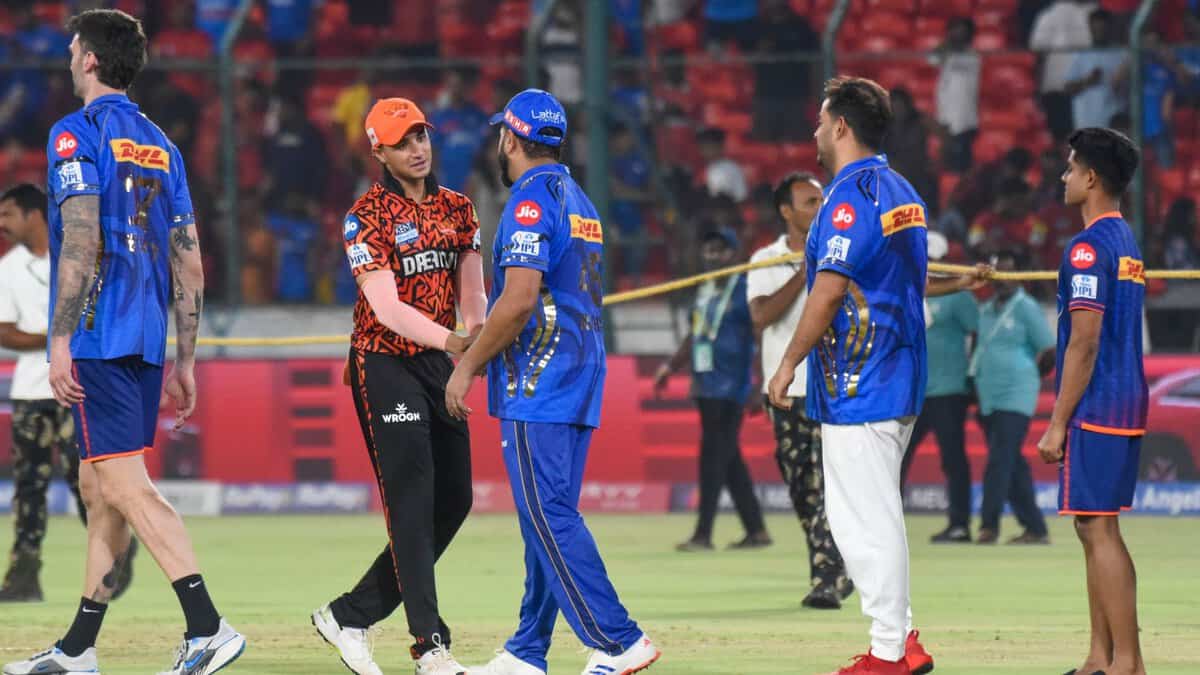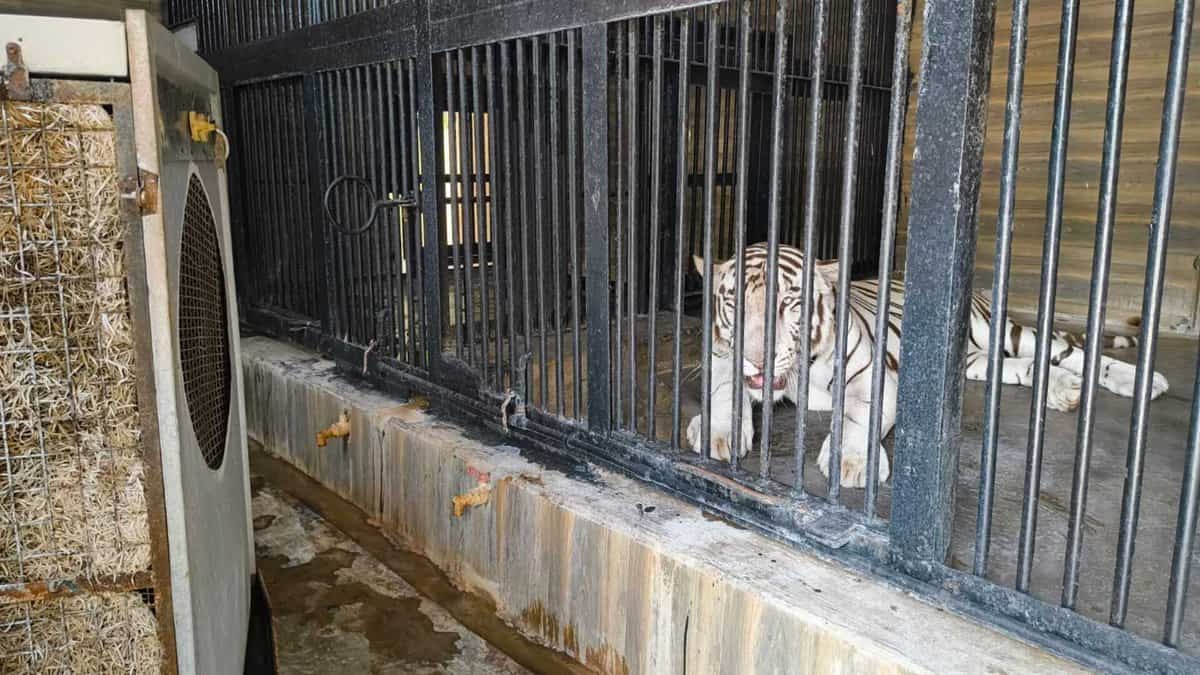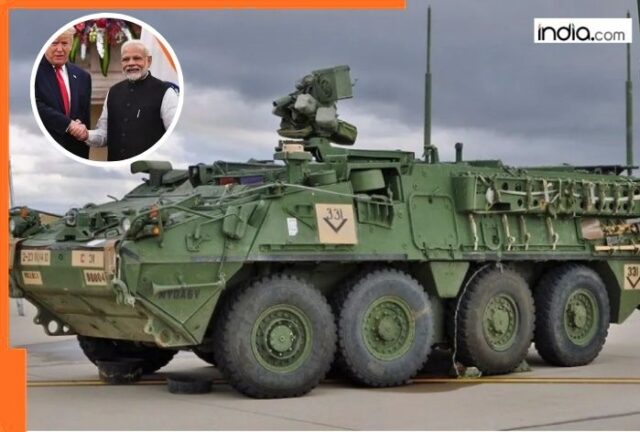India will initially purchase the Stryker ICV for the Indian Army, under the US’ Foreign Military Sales (FMS) program, and later India and US will jointly build these military carriers in India.
Prime Minister Narendra Modi is set to embark on a two-day visit to the United States next week, and apart from talks on key issues, discussions are also likely to be held about inking a deal to acquire the Stryker ICV (Infantry Carrier Vehicle) for the Indian Army which is planning to phase out its aging ICVs.
As per the proposal, India will initially purchase the Stryker ICV under the US’ Foreign Military Sales (FMS) program, and later India and US will jointly build these military carriers in India, with emphasis on developing an enhanced version of the vehicle.
Developed by General Dynamics Land Systems-Canada (GDLS-C) for the United States Army in a plant in London, Ontario, Stryker ICVs are a family of eight-wheeled armored fighting vehicles designed for mountainous terrains, featuring a four-wheel drive (8×4) that can be switched to all-wheel drive (8×8).
In October last year, General Dynamics’ Indian partner had organized a three-day demo of the Stryker ICV for the Indian Army in Ladakh, showcasing the armored carriers capabilities to the army’s top brass. According to the army. the Stryker’s engine performed exceptionally well in Ladakh’s sub-zero temperatures, making it a viable option for India’s armed forces in the region.
Stryker ICV capabilities
The Stryker ICVs are 8-wheeled infantry carrier vehicles, weighing over 16 tons, and measuring 22 feet in length. The ICVs are enhanced with a bolt-on ceramic armor, providing an all-around, 14.5×114mm protection to personnel.
The armored fighting vehicles, that can carry up to 9 passengers, are equipped with either a 12.7 mm M2 machine gun, a 40 mm Mk 19 grenade launcher mounted in a Protector remote weapon station, a 30 mm Mk44 Bushmaster II gun (on Stryker Dragoons), or a 105 mm M68A2 gun (on M1128 mobile gun system), depending on different variants of the vehicle.
The M1128 mobile gun system (MGS) variant of the Stryker also employs 12.7 mm M2 and 7.62 mm M240 machine guns as its secondary weapon. The ICVs are powered by a Caterpillar C7 350 hp (260 kW) engine, boasting a maximum speed of 60 mph (97 km/h), and an operational range of 310 mi (500 km), according to details listed on the manufacturer’s website.
The Stryker ICVs are battle-tested armored carriers, having been used by the US Army in Afghanistan, and more recently by Ukrainian forces in the Russia-Ukraine war.
Indian Army to phase out wheeled ICVs
The Indian Army currently uses the BMP-2 ICVs, which are amphibious, having the ability to cross rivers and streams, a feature missing in the US-made Strykers. The army has a total of 50 battalions of mechanized infantry, with each battalion having 52 ICVs, including wheeled and tracked ICVs.
The Indian Army is preparing to phase out old ICVs from its mechanized infantry, which currently has around 2000 ICVs, including two variants– tracked and wheeled– of the Russian BMP-2 ICVs. The army has begun the process of replacing wheeled ICVs, and is holding discussions with indigenous defence manufacturers, and also considering the possibility of acquiring the Stryker ICVs.
Notably, DRDO had developed a 8-wheeled armed platform or WhAP, around a decade ago, but its unclear whether this vehicle could be used as an infantry carrier vehicle.
















































